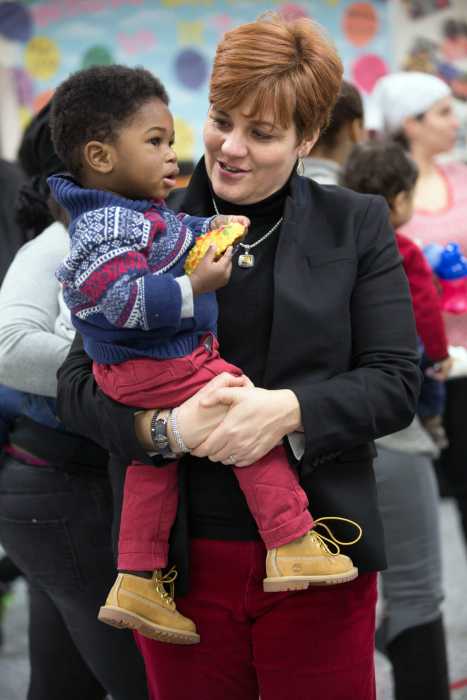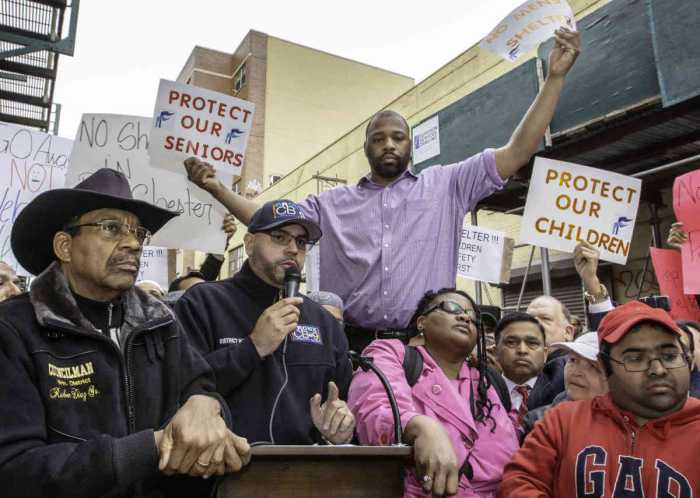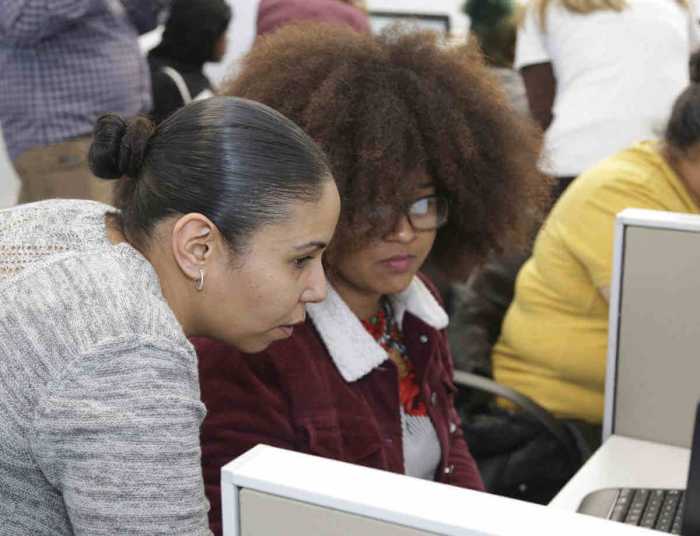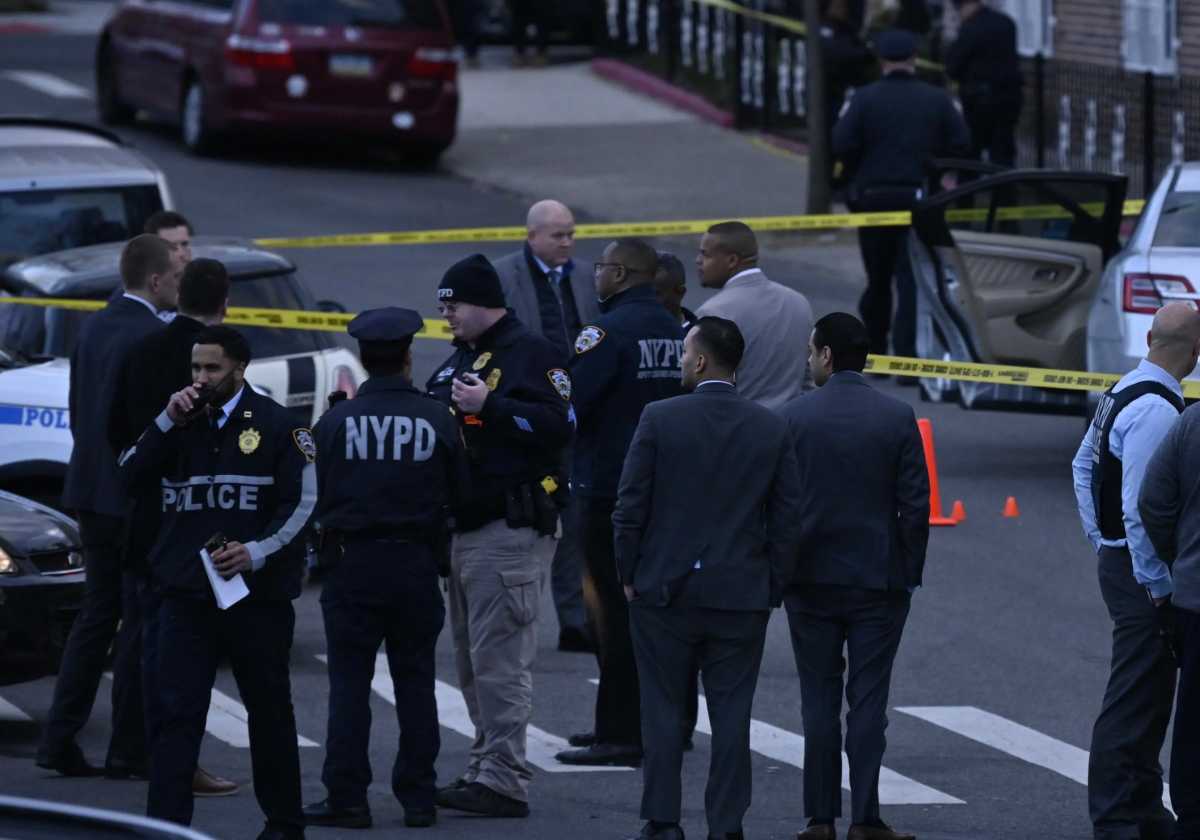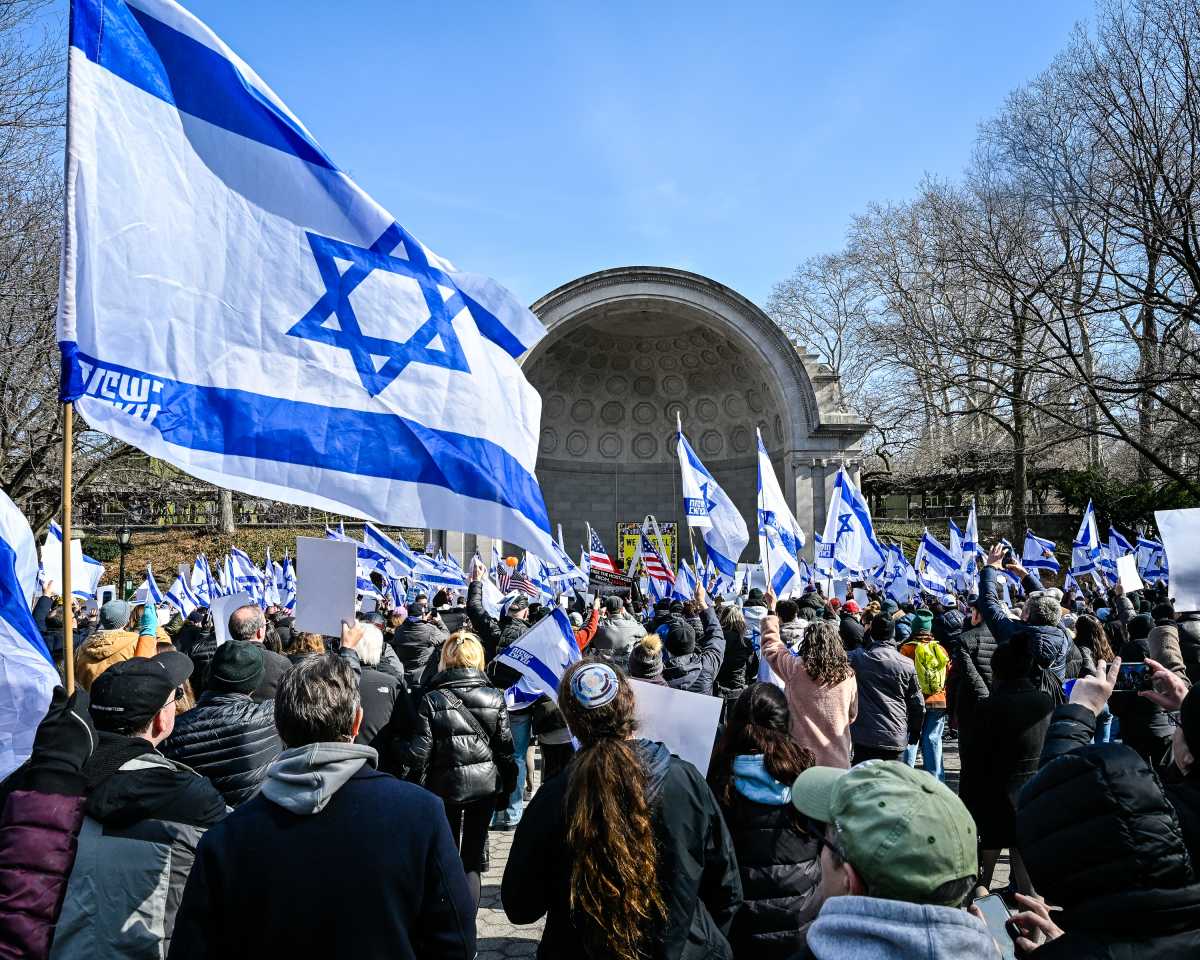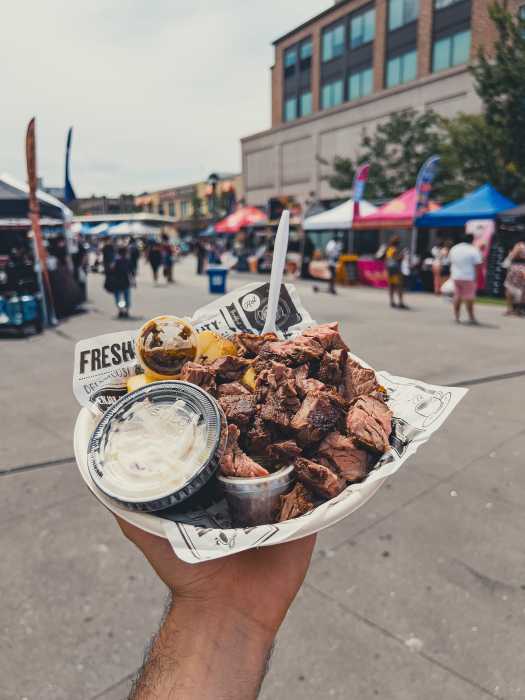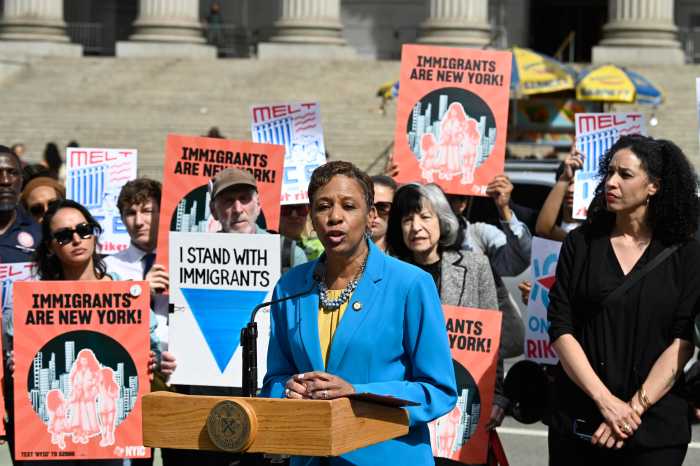Wakefield residents felt that the city has ignored their opposition to homeless shelters, following the placement of another facility in the heart of their neighborhood.
But it seems that those on the Upper West Side and Hell’s Kitchen had better luck getting the mayor’s attention on the matter.
After numerous complaints from Manhattan residents, Mayor Bill de Blasio announced last week that the city will begin moving homeless people out of hotels in the Big Apple.
In May, the Department of Homeless Services (DHS) opened a temporary shelter housing 150 men in a 92-room hotel at 4747 Bronx Blvd. However, DHS reneged on a promise to not turn that location into a homeless shelter, without so much as an email to local stakeholders.
“I think this mayor truly wanted to be the guy that solves the homeless crisis,” Community Board 12 District Manager George Torres stressed. “In wanting to be the guy, he started a problem DHS could not solve. I think they’re trying to fix something and they’re really throwing good money after bad.”
Elected officials, CB 12 residents and board members not only expressed issues with the high amount of shelters in the area, but also the fact that this shelter was supposed to be temporary and it is still there with no date announced for when it will close.
Furthermore, residents shared that many of the people who stay at the shelter are out after curfew doing drugs and disrupting the community.
“How am I supposed to react when I read that the residents of Hell’s Kitchen have made complaints about the homeless residents in hotels and the city, after hearing those complaints, decided to change their policy on housing homeless people in hotels?” Torres said in an email.
Torres wondered if race and economics played a role in how the mayor responded. According to Torres, the racial composition of Hell’s Kitchen is 59.1 percent white (non-Hispanic) whereas Wakefield is 64.8 percent Black (non-Hispanic).
Data also shows that Hell’s Kitchen residents are more affluent than those who live in Wakefield. Only 11.3 percent of Hell’s Kitchen residents live below the poverty line, while in Wakefield that number is 20.9 percent.
“Is it the money or the color of their skin,” he said. “It’s just nonsense.”
In 2016, the city nixed plans to build a shelter for people with HIV after outcries from the public.
According to Torres, CB 12 has four shelters and it was recently targeted for two additional 200 bed shelters — one at East 233rd Street and the other at Furman Avenue.
“The residents of Wakefield absorbed this shelter after being told for years that the site would not be used as one,” Torres said. “Our residents have made very similar complaints to the folks in Hell’s Kitchen. I have emails from constituents about the residents of these hotels defecating in public spaces, openly pleasuring themselves and openly using narcotics.”
Yet when CB 12 asked for meetings with the DHS commissioner they were turned down. Torres said that he understood DHS is within its rights to put a shelter wherever it chooses, but was not sure why CB 12 has so many.
“It really breaks my heart,” he said. “We have to contend with this all of the time in the Bronx. DHS is very vague when it comes to detail.”
On Aug. 26, representatives from CB 12, DHS and Assemblyman Jeffrey Dinowitz met to speak about the shelter.
Also, Nicole Jordan, Bronx borough commissioner of DHS, told Torres and members of CB 12 that DHS is continuing to monitor health indicators closely and is working with the Department of Health to determine when and how clients can be safely relocated back to shelters from the temporary emergency hotel relocation sites. Additionally, she said that the agency will inform communities when the city is ready to take that step.


